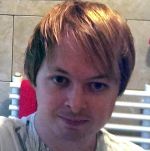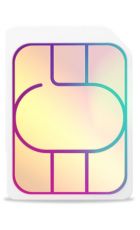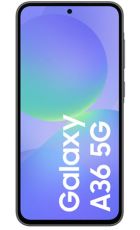For a while, smartphone VR seemed like the next big thing, with companies like Google and Samsung making a big push for it with their own headsets and VR ecosystems, but now, those plans seem to have been largely abandoned. But that doesn’t mean that you can’t get in on mobile VR.
While it’s no longer such a focus for smartphone companies, there are still VR-ready phones and associated headsets available, and there are also the standalone VR headsets that have largely taken the place of these smartphone options.
Below then we’ll talk you through the various ways you can get mobile VR. The focus of this article remains smartphones specifically, but first you’ll find a section on other mobile VR options – which if you’re serious about VR will generally be a better choice at this stage.
Standalone VR headsets
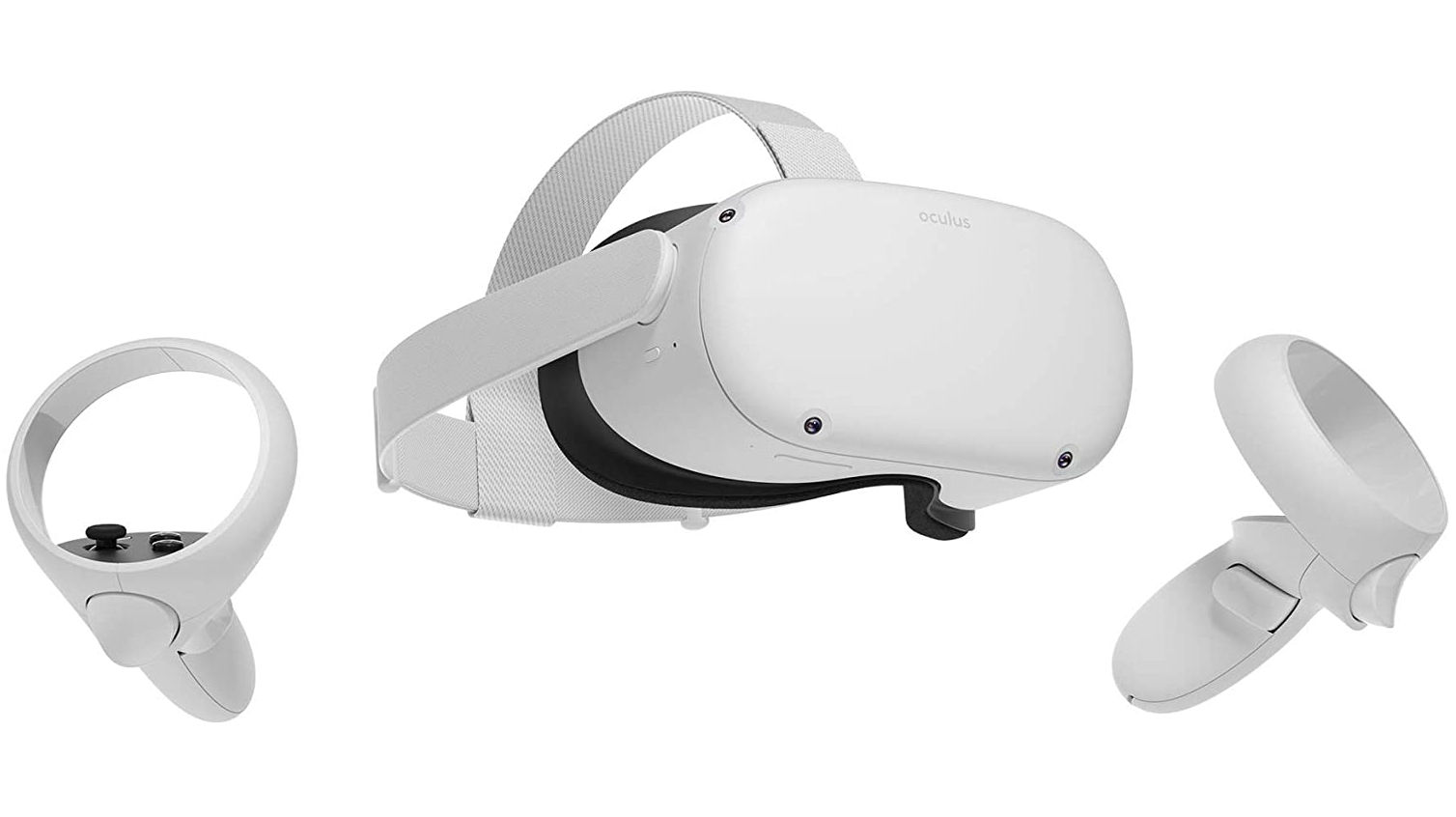
If you want some form of ‘mobile’ VR in 2021, then far and away your best option is a standalone VR headset.
This means a headset that doesn’t require any other hardware – so there’s no wires tethering it to a PC or console, giving it all the freedom of smartphone VR. But unlike smartphone VR which requires both a headset and a phone, there’s no need for a phone here either – you just need to buy the headset.
This tends to make setup slicker too, as there’s no need to slot your smartphone into the headset, you just turn the headset on. Standalone VR headsets also tend to offer better VR experiences than mobile VR, as they’re built from the ground up to do so.
The only real downside is that they’re more expensive than buying a headset for a phone that you already have – but they’re still usually cheaper than buying both a phone and a compatible headset would be.
We won’t go too in depth on standalone VR headsets, but the space is dominated by the Oculus Quest range at the time of writing. As of early 2021, the latest and greatest of these is the Oculus Quest 2, which is lightweight and remarkably powerful, offering immersive VR experiences. It also has the option of connecting it to a computer for even more high-end wired VR if you want (and have a compatible PC).
The best smartphones for VR
If you’ve read the above and still think you might want a phone for VR, check out the table below, which has a quick breakdown of the best phones for VR. Resolution, power and compatibility are the key factors to consider, and these phones come out on top:
| Phone |
Resolution |
Power |
Compatibility |
|
Samsung Galaxy S10 5G
|
1440 x 3040 |
Exynos 9820, 8GB RAM |
Gear VR and Cardboard |
|
Samsung Galaxy S10 Plus
|
1440 x 3040 |
Exynos 9820, 8GB or 12GB RAM |
Gear VR and Cardboard |
|
Samsung Galaxy S10
|
1440 x 3040 |
Exynos 9820, 8GB RAM |
Gear VR and Cardboard |
|
Samsung Galaxy S10e
|
1080 x 2280 |
Exynos 9820, 6GB or 8GB RAM |
Gear VR and Cardboard |
|
Samsung Galaxy Note 9
|
1440 x 2960 |
Exynos 9810, 6GB RAM |
Gear VR and Cardboard |
|
Samsung Galaxy S9
|
1440 x 2960 |
Exynos 9810, 4GB RAM |
Gear VR, Daydream and Cardboard |
|
Samsung Galaxy S9 Plus
|
1440 x 2960 |
Exynos 9810, 6GB RAM |
Gear VR, Daydream and Cardboard |
|
Samsung Galaxy S8
|
1440 x 2960
|
Exynos 8895, 4GB RAM
|
Gear VR, Daydream and Cardboard
|
|
Samsung Galaxy S8 Plus
|
1440 x 2960
|
Exynos 8895, 4GB RAM
|
Gear VR, Daydream and Cardboard
|
|
Samsung Galaxy Note 8
|
1440 x 2960
|
Exynos 8895, 6GB RAM
|
Gear VR, Daydream and Cardboard
|
|
Google Pixel 3
|
1080 x 2160 |
Snapdragon 845, 4GB RAM |
Daydream and Cardboard |
|
Google Pixel 3 XL
|
1440 x 2960
|
Snapdragon 845, 4GB RAM
|
Daydream and Cardboard
|
You’ll note that there aren’t any particularly new handsets on this list, with things like the Samsung Galaxy S21 range, the Google Pixel 5 range, and the iPhone 12 range all being absent.
The lack of Apple stuff is because the company has never fully embraced VR (though it is still possible to use VR on iPhones, as we’ll get to below), while on the Android front, as noted above, companies are backing away from smartphone-based VR platforms, with standalone VR headsets like the Oculus Quest range being the more modern ‘mobile’ version of VR.
Of course, these cost more than buying a headset for a phone you already have, so they’re not ideal if you’re on a budget. Fortunately, plenty of the options above are still viable.
Below you’ll find more information on the main mobile VR platforms – though note that many of them are on their way out, so we can’t fully recommend them.
Google Daydream
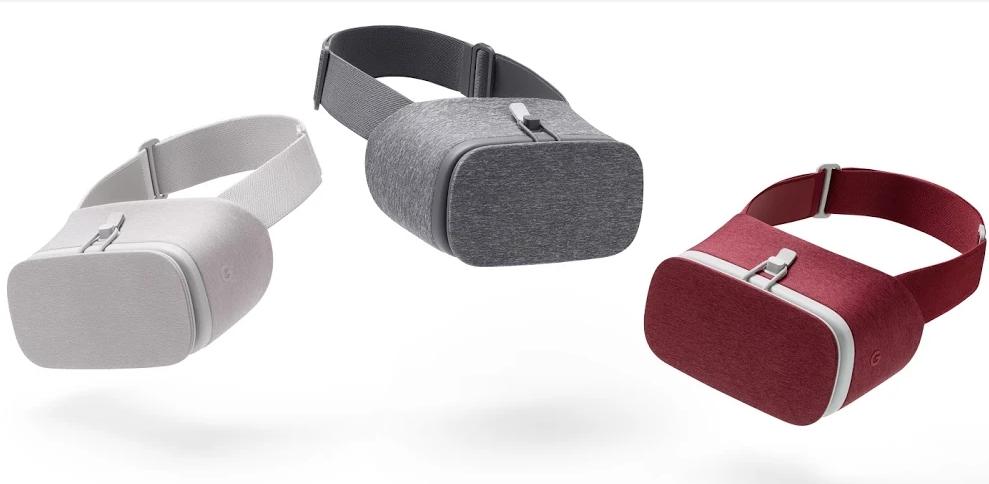
Google Daydream is Google’s biggest stab at VR yet. Currently the Google Pixel 3, Pixel 3 XL, Pixel 2, Pixel 2 XL, Pixel, Pixel XL, Samsung Galaxy S9, Samsung Galaxy S9 Plus, Samsung Galaxy Note 8, Samsung Galaxy S8, Samsung Galaxy S8 Plus, LG V30, Moto Z2 Force, Moto Z, Moto Z Force, Huawei Mate 9 Pro, Huawei Porsche Design Mate 9, Asus ZenFone AR and ZTE Axon 7 are compatible with Daydream.
More phones may be made compatible in future, in fact, even some phones that aren’t currently compatible could be made compatible through a software update. However, this is looking unlikely to happen, and new handsets are unlikely to support Daydream for the foreseeable future, as Google has essentially abandoned it, with its newest Pixel handsets not being supported.
As well as having a compatible phone you’ll also need a Daydream View headset, which at the time of writing can be found from around £50. However, Google has discontinued this, so stock is limited. In other words, if you want to experience Daydream with your phone, you’ll need to pick up a headset soon.
Once bought, you’ll be ready to experience some of the best mobile VR available. Google Daydream is a great option because it only runs on fairly powerful phones and the headset itself is well-built, and even comes with a remote to better control VR experiences. There are also a number of VR games and experiences that are exclusive to Google Daydream.
But it’s also rather expensive by mobile VR standards and available on a very limited number of phones. There’s uncertainty about ongoing support on even the software side for Daydream too at the time of writing, with Google noting that it’s no longer officially supported on Android 11.
Ultimately then at this point we can’t recommend investing in this VR platform – and if you are considering it, it’s worth checking whether the Daydream Store and platform are still supported at all, as by the time you read this they might not be.
Samsung Gear VR

Samsung Gear VR is the other high-end mobile VR option. The newest version of the headset comes with a controller, just like Google Daydream, and is similarly well-built and comfortable. It costs more, but it can often be found for around £70.
Gear VR is also only compatible with select Samsung phones, specifically the Samsung Galaxy S10, Samsung Galaxy S10 Plus, Samsung Galaxy S10e, Samsung Galaxy S10 5G, Samsung Galaxy Note 9, Galaxy S9 Plus, Galaxy S9, Galaxy Note 8, Galaxy S8, Galaxy S8 Plus, Galaxy S7, Galaxy S7 Edge, Galaxy Note 5, Galaxy S6, Galaxy S6 Edge, Galaxy S6 Edge Plus, Galaxy A8 Star, Galaxy A8, Galaxy A8 Plus and Galaxy Note 4. Note though that some of these phones only fit older models of the Gear VR.
You may notice that the Samsung Galaxy S21 range and other newer models are absent from that list, and that’s no accident. As with Daydream, Gear VR has been largely abandoned, though the store and other software should still work for compatible handsets.
The Gear VR has similar advantages to Daydream, in that it’s a relatively high-end option with a high-quality headset. As it’s been around for a while it also has a large amount of content, with well over 1000 Gear VR apps and games available right now. Note however that this library may not continue to grow much now that support is winding down.
This platform seems to have more life in it than Daydream at the time of writing, so of the two we’d give Gear VR the edge, but we still can’t really recommend it, and if you are considering investing, you should double check that Gear VR apps and games are still available and supported, as they might not be by the time you read this.
Google Cardboard
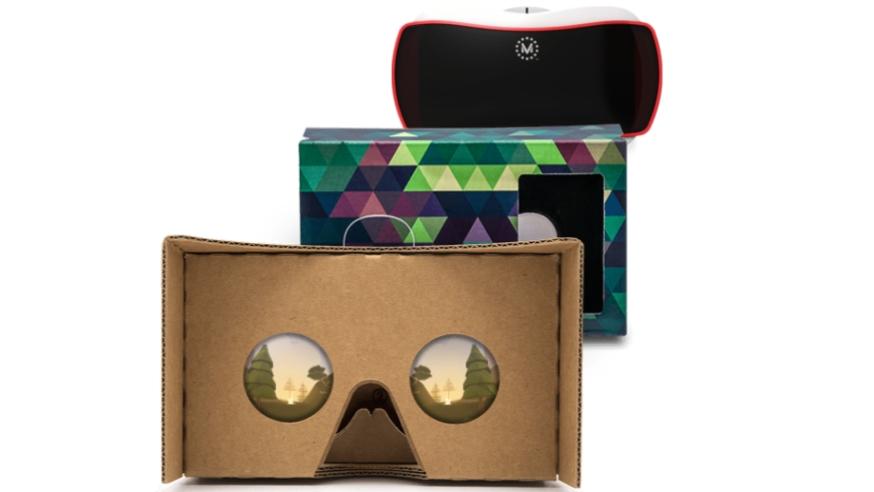
Google Cardboard used to be a ‘lesser’ form of smartphone VR, designed for anyone whose Android phone doesn’t support Samsung Gear VR or Google Daydream, or just anyone who doesn’t want to spend much on a VR headset. But now, with those platforms largely abandoned, it’s arguably a better choice, especially as it works on newer phones.
In general, Cardboard apps and games will work with any Android 4.1 or above phone and even iPhones, as long as they’re running iOS 8 or above.
Then you just need a Google Cardboard viewer, which is essentially a cheap headset. These vary in quality and price, with ones literally made of cardboard available from a few pounds, while sturdier plastic options could run you up to around £30. You can even make your own. Note however that some only fit phones of certain sizes, so check the details before you buy.
This all makes Google Cardboard extremely affordable and accessible, but the headsets themselves are of course nowhere near the quality of the ones above, and many of the apps and experiences aren’t as high-quality either.
You may also be limited by your phone – a low-end one might run Cardboard, but it won’t do it any justice. The more powerful your phone and the higher resolution its screen the better, so think recent flagships from companies like Samsung and OnePlus.
However, Google Cardboard has the advantage of still being fully supported, so going forward we might see the library of supported content grow more than it does for Gear VR or Daydream.
iPhone VR
Google Cardboard will generally be your best option for iPhone VR, but as long as you have an iPhone 5S or above there are other VR headsets available too.
These will let you experience a number of VR games and apps that aren’t specifically designed for cardboard, and the headsets tend to be similarly cheap, but we’d generally advise you opt for a cardboard-certified headset, that way you should be able to experience everything.
Other smartphone VR solutions
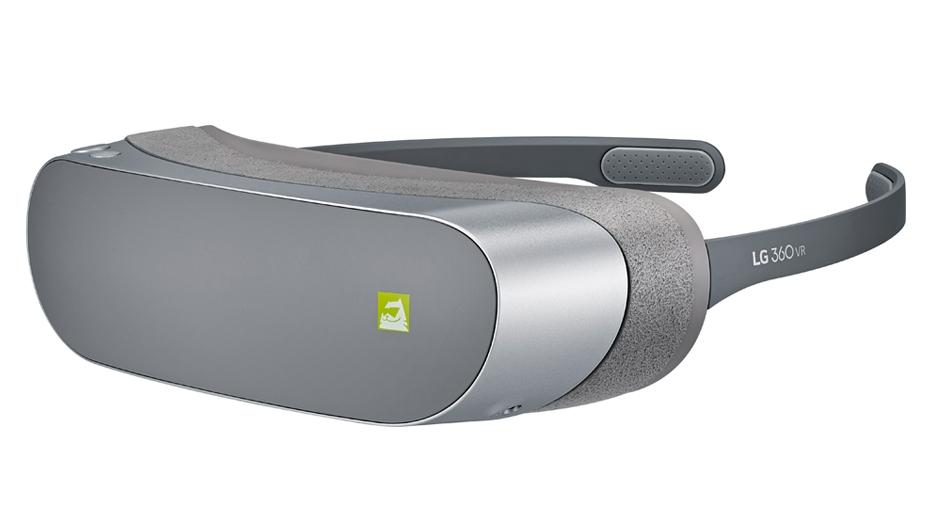
If you’re rocking an Android phone your best options have likely been covered above, but you may yet have other options, as the likes of LG, ZTE and Huawei have also created their own VR headsets.
However, these are only useable by a very limited number of devices – the LG 360 VR only works with the LG G5 for example, and while they’re better built than most Cardboard headsets, they still can’t compete with Daydream or Gear VR, and may not have as much content available as those services.
Conclusion
Ultimately, it’s hard to recommend investing in smartphone VR at this point. If you’re going to then the safest option is probably Google Cardboard – it’s cheap and therefore low risk, and it’s still fully supported at the time of writing, with headsets made to suit most phones. The experience won’t typically be great, but it’s a fun way to give VR a test drive.
If you decide you’re more serious about untethered VR, then a standalone VR headset like the Oculus Quest 2 is definitely the way to go. It has most of the same advantages as smartphone VR, but offers a better overall experience.
We wouldn’t really suggest purchasing a Gear VR and Daydream VR headset at this point, and if you do, make sure they’re still supported before ordering one.

